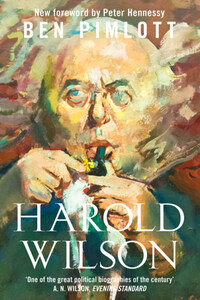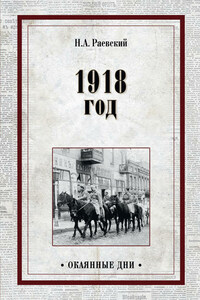Copyright
William Collins
An imprint of HarperCollins Publishers
1 London Bridge Street
London SE1 9GF
www.WilliamCollinsBooks.com
First published in Great Britain by HarperCollins in 1992
This edition first published by William Collins in 2016
Copyright © Ben Pimlott 1992
Foreword copyright © Peter Hennessy 2016
Ben Pimlott has the moral right to be identified as the author of this work.
A catalogue record for this book is available from the British Library.
Cover image: Harold Wilson, c. 1974 (oil on canvas), Spear, Ruskin (1911–90)/National Portrait Gallery, London, UK/© Stefano Baldini/Bridgeman Images
Illustrations: p. 40, courtesy of the Wilson family. All cartoons courtesy of the Centre for the Study of Cartoons and Caricature, University of Kent, Canterbury: p. 97, Junior minister, 1945; p. 195, ‘We’re washing our dirty linen in public’ (Vicky) (Daily Mirror); p. 230, Blackpool, 1959 (Vicky) (Solo Syndication); p. 358, ‘When he is worried he walks up and down and hums’ (Vicky) (Solo Syndication); p. 538, ‘It’s not easy’ (Garland) (© Telegraph plc); p. 599, Follow my Leadership (Garland) (© Telegraph plc).
All rights reserved under International and Pan-American Copyright Conventions. By payment of the required fees, you have been granted the non-exclusive, non-transferable right to access and read the text of this e-book on-screen. No part of this text may be reproduced, transmitted, down-loaded, decompiled, reverse engineered, or stored in or introduced into any information storage and retrieval system, in any form or by any means, whether electronic or mechanical, now known or hereinafter invented, without the express written permission of HarperCollins.
Source ISBN: 9780008182618
Ebook Edition © March 2016 ISBN: 9780008182625
Version: 2016-03-10
Foreword
by Peter Hennessy
‘In the cycle to which we belong we can see only a fraction of the curve.’
So wrote the statesman and novelist John Buchan of The Thirty-Nine Steps fame.>1
Harold Wilson dominated the political curve during my late adolescence and early manhood and, later, my first years as a journalist. To borrow Winston Churchill’s line on Joseph Chamberlain, Wilson made the political weather>2 for the great bulk of his thirteen years as leader of the Labour Party between 1963 and 1976, during which he won four of the five general elections he contested and occupied 10 Downing Street from October 1964 to June 1970 and from March 1974 until April 1976.
The UK and its politics have travelled a huge arc on Buchan’s curve since Harold Wilson gave way to an older man, Jim Callaghan, as leader of the Labour Party and Prime Minister in the spring of 1976. Ben Pimlott’s fine biography described that curve superbly up to 1992. It was an instant classic and has become an enduring one from one of Britain’s master biographers of the post-war years, and it is a great sadness to me that Ben is not here to update it to mark the centenary of Wilson’s birth.
How do the politics and policies of the years of the Wilsonian ascendancy strike one now? Excessive hindsight can be a historical blight; but fresh perspectives shaped by elapsed time are a stimulating part of the historian’s tradecraft. For example, there are in the middle of the second decade of the twenty-first century plentiful resonances from all phases of the Wilson years, between his succeeding Hugh Gaitskell as Labour Party leader in 1963 and his final handing in of his seals of office to the Queen in 1976.
Merely to list some of them tells a story:
• The internal condition of Labour; the tussles between its competing philosophies and factions; the party’s relationships with the trade unions and constituency activists.
• Europe and the referendum question; Britain’s place in the wider world; of punching heavier than its weight>3 militarily and diplomatically, plus the deployment of soft power, with the often neuralgic sub-theme of The Bomb and remaining a nuclear weapons state always a lurking question.
• Employment, productivity, the imbalance between finance, services and manufacturing; the state’s role in shaping an industrial strategy and sustaining the country’s scientific and technological base; plus the UK’s thinking above its weight in terms of research and the universities.
This inventory is by no means complete, and how it would intrigue Wilson to revisit it as he absorbed the current scene through the clouds of his trademark pipe smoke were he still with us.








